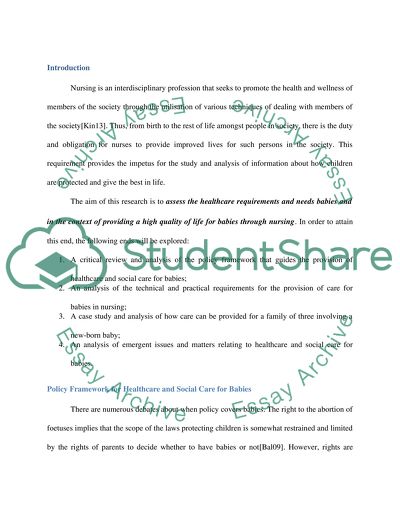Cite this document
(“Promoting health for child and young adult Case Study”, n.d.)
Retrieved from https://studentshare.org/nursing/1649153-promoting-health-for-child-and-young-adult
Retrieved from https://studentshare.org/nursing/1649153-promoting-health-for-child-and-young-adult
(Promoting Health for Child and Young Adult Case Study)
https://studentshare.org/nursing/1649153-promoting-health-for-child-and-young-adult.
https://studentshare.org/nursing/1649153-promoting-health-for-child-and-young-adult.
“Promoting Health for Child and Young Adult Case Study”, n.d. https://studentshare.org/nursing/1649153-promoting-health-for-child-and-young-adult.


